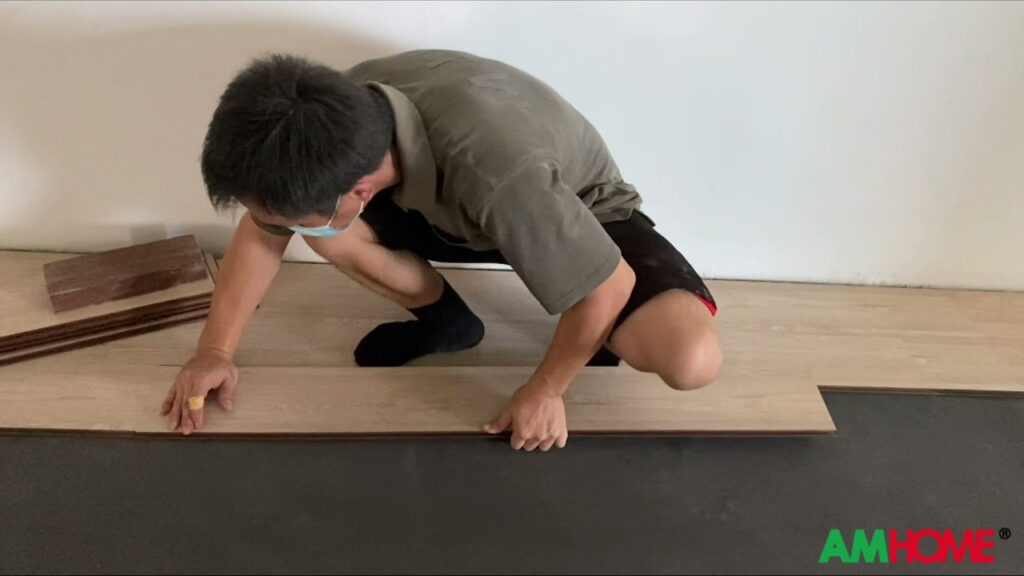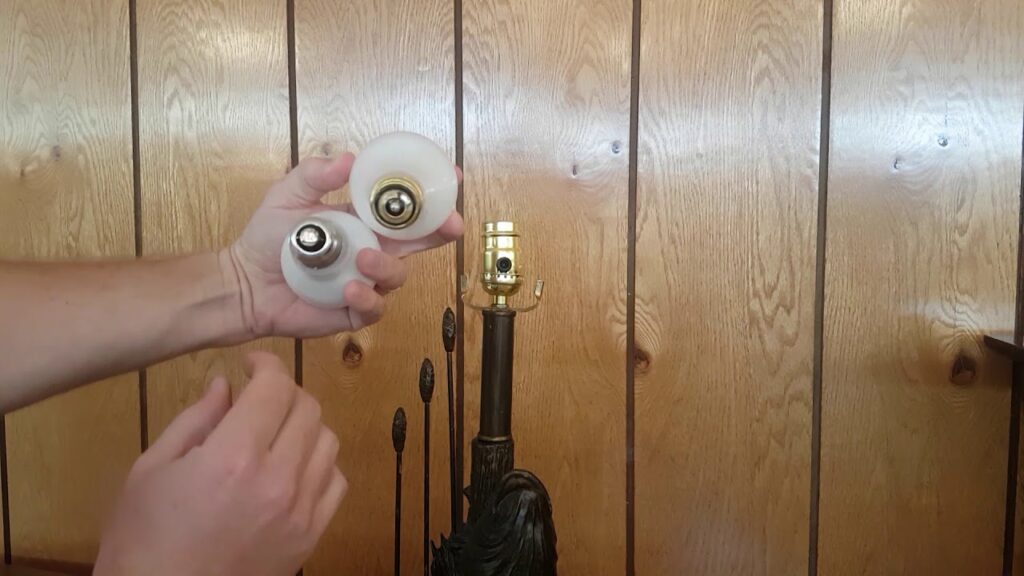The Basics of Attic Conversion
Converting an attic into a functional living space can add significant value and living area to a home. However, before embarking on an attic conversion project, there are several key factors to consider. First and foremost, it is crucial to ensure that the attic space meets the necessary building code requirements for habitable rooms. This may involve assessing structural integrity, insulation, ventilation, and access points.
Additionally, natural light and adequate airflow are essential considerations for attic conversions. The installation of windows, skylights, or dormers may be necessary to optimize natural light and ventilation within the space. Furthermore, proper insulation and climate control measures are critical to ensure the comfort and energy efficiency of the converted attic.
Another important aspect of attic conversion is the functional layout and design of the space. This includes determining the placement of rooms, storage solutions, and maximizing the available headroom to create a comfortable living environment. Careful planning and attention to detail are essential to make the most of the attic space while maintaining a cohesive design aesthetic throughout the home.
Building Codes for Attic Conversions
Building Codes for Attic Conversions
When converting an attic space into a functional living area, it’s crucial to adhere to building codes to ensure safety and compliance with regulations. Building codes for attic conversions typically cover areas such as minimum ceiling height, egress requirements, insulation, ventilation, and structural modifications. Understanding and complying with these codes is essential to avoid costly violations and ensure the safety of the inhabitants.
One important aspect of building codes for attic conversions is the requirement for a minimum ceiling height. This ensures that the space is habitable and allows for comfortable movement within the converted attic. Additionally, building codes often stipulate the need for adequate egress, such as windows or doors, to provide a safe exit in case of emergencies. Meeting these requirements is crucial for the safety and well-being of the occupants.
In addition to structural considerations, building codes also typically address insulation and ventilation requirements for attic conversions. Adequate insulation is essential for energy efficiency and maintaining a comfortable temperature in the converted space. Proper ventilation helps to prevent moisture buildup and ensures good air quality. Compliance with these codes is essential for creating a comfortable and healthy living environment in the attic space.
Overall, navigating building codes for attic conversions requires careful attention to detail and thorough knowledge of the relevant regulations. From ceiling height and egress requirements to insulation and ventilation standards, compliance with building codes is critical for the success of an attic conversion project. By understanding and adhering to these codes, homeowners can ensure that their attic conversions are safe, functional, and in accordance with legal requirements.
Common Requirements for Attic Conversions
When considering converting an attic into a usable living space, there are several common requirements that must be addressed to ensure a successful and compliant project.
1. Structural Considerations
Before beginning an attic conversion, it is crucial to assess the structural integrity of the space. This may involve consulting with a structural engineer to ensure that the existing framework can support the additional weight of a finished room, including furniture, people, and potential modifications such as skylights or dormer windows.
2. Building Codes and Permits
Compliance with local building codes and obtaining necessary permits are essential steps in any attic conversion project. These regulations often dictate requirements for insulation, egress windows, ceiling height, and stair dimensions, among others. Working with a professional contractor who is familiar with these regulations can help ensure that the conversion meets all necessary standards.
3. Access and Ventilation
Providing safe and adequate access to the attic space is another important consideration. This can involve installing a proper staircase or ladder, as well as ensuring that the space has adequate ventilation to maintain air quality and prevent moisture buildup, which could lead to mold or other issues.
4. Electrical and Plumbing
If the attic will include any electrical wiring or plumbing fixtures, these elements must be carefully planned and installed to meet building codes and safety standards. This may involve working with licensed professionals to ensure that all electrical and plumbing work is completed correctly and safely.
Attic conversions can offer valuable additional living space, but it’s essential to address these common requirements to ensure a successful and legally compliant project.
Permits and Approvals
Understanding the Process
Securing permits and approvals is an essential step in any major project or development. It involves obtaining the necessary authorizations from relevant regulatory bodies to ensure that the project complies with local laws and regulations. This process can be complex and time-consuming, requiring thorough knowledge of the specific requirements and procedures involved.
Types of Permits and Approvals
There are various types of permits and approvals that may be required, depending on the nature of the project. These may include building permits, environmental permits, zoning approvals, and occupational licenses. Each type serves a specific purpose and may have different application processes and criteria.
Importance of Compliance
Compliance with permits and approvals is critical to avoid legal issues and ensure the safety and quality of the project. Failure to obtain the necessary authorizations can result in costly delays, fines, or even halting the project altogether. It is vital for project managers and developers to navigate this process carefully and ensure that all requirements are met.
The Application Process
Navigating the application process for permits and approvals involves thorough documentation, adherence to specific guidelines, and effective communication with regulatory authorities. It is crucial to understand the timeline and requirements for each permit and approval to prevent unnecessary setbacks and complications. This process demands attention to detail and proactive engagement with relevant stakeholders.
Overall, the process of obtaining permits and approvals requires diligence and a keen understanding of the legal and regulatory framework. It is an essential aspect of project management and development that must be approached with professionalism and expertise.
Hiring Professionals for Your Attic Conversion
When considering an attic conversion, it’s essential to hire professionals who are experienced in this specific type of renovation. Attic conversions require expertise in structural modifications, insulation installation, and compliance with building codes. By enlisting the help of skilled professionals, you can ensure that your attic conversion project is completed safely and efficiently.
One of the key reasons to hire professionals for your attic conversion is their knowledge of building regulations and permits. They can guide you through the necessary paperwork and ensure that your project meets all legal requirements. Moreover, professionals can help you with the design and layout of your new attic space, offering valuable insights and creative solutions to maximize the functionality and aesthetic appeal of the converted area.
Another advantage of hiring professionals for your attic conversion is their access to high-quality materials and tools. They can recommend the most suitable insulation, flooring, and lighting options for your attic space, taking into account your budget and specific requirements. Additionally, professionals can efficiently handle any unexpected challenges that may arise during the conversion process, ensuring that the project stays on track and within the established timeline.
Overall, entrusting your attic conversion to professionals can save you time, money, and stress. Their expertise and attention to detail can result in a successful and seamless transformation of your attic into a functional and inviting additional living space.


